The Final Leap from Pre-Service to In-Service:
The Metamorphosis and Integration of Philosophy, Maturity, and Teacher Preparation
This segment, Part 2 of the series, and will continue with an examination of ongoing music teacher preparation (much of it “direct instruction”) and mentoring programs.

Moving from “Book Learning” to “Practical Application”
It is a challenge to squeeze everything necessary into a college curriculum for music education certification: mastery of your major instrument/voice, music theory, music history, sight-singing/ear-training, conducting, piano proficiency, instrumental and vocal methods, etc. The school from which I matriculated (Carnegie-Mellon University) had a five-year-plus program guiding me towards the degrees of Bachelor of Fine Arts in Music and Masters of Fine Arts in Music Education. Even with the extra year of classes, time over the summers, and practical “on-the-job training,” many things were overlooked.
NOW IS THE TIME to fill in these gaps!
First off, how well do you know common educational jargon? Prior to your interviews, it would be good to review the terms (and even abbreviations) in frequent use. My music education methods courses never got around to detailed definitions and applications of…
 The Common Core
The Common Core- Whole Child Initiatives
- 21st Century Learning Skills
- Flipped Classrooms and Blended Schools
- Multiple Intelligences
- Depth of Knowledge (DOK) and/or Higher Order of Thinking Skills (HOTS)
- Customization, Differentiation, and Individualization
- Formative, Summative, Diagnostic, and Authentic Assessments
Just for fun (a crossword puzzle), how many of these acronyms can you identify? https://paulkfoxusc.wordpress.com/2015/07/18/the-alphabet-soup-of-educational-acronyms/
One of the tasks in “year one” of my first position was to write a course of study for junior high school music appreciation. I had received no training in writing curriculum. The “hurry-up” self-tutoring was stressful, and occupied many long nights and weekends. However, by December, I had satisfied my principal’s instructions and then began preparation over winter recess to teach that course for the coming second semester.
Since then, I have written dozens of course curriculum. Most of them required familiarity with the national and state standards in music, and a backwards-design approach introduced by Grant Wiggins and Jay McTighe (UbD) in the planning of curriculum “maps,” setting goals before choosing instructional methods and forms of assessment, and formulating essential questions (EQ), enduring understandings (EU), etc. (See: https://cft.vanderbilt.edu/guides-sub-pages/understanding-by-design/.)
Bottom line: Start now and assume the role and responsibilities of a professional music educator. Begin researching (even practicing) writing lesson targets, lesson plans, and even curriculum. Seek resources like the PMEA Model Curriculum Framework: https://www.pmea.net/resources/pennsylvania-music-standards/.
Other areas on which you may need to “catch-up” are:
 Behavior management, disciplinary procedures (especially preventive practices) and posting class or ensemble rules
Behavior management, disciplinary procedures (especially preventive practices) and posting class or ensemble rules- Valid assessments, scoring/rubrics, and use of the school’s grading system
- Provisions of the Family Educational Rights and Privacy Act (FERPA) and other confidentiality policies
- Individual education plans (IEP) and accommodating students with disabilities
- Management of a proverbial “sea of paper” required of all music educators: purchase and repair requisitions, absences reports, student attendance records, conference requests, induction/in-service program assignments, etc.
- Public relations and communications with parents and the community
It would not hurt to purchase and read cover-to-cover at least one book like The Everything New Teacher Book by Melissa Kelly (Adams Media, 2004) or The First-Year Teacher’s Survival Guide: Ready-to-Use Strategies, Tools and Activities for Meeting the Challenges of Each School Day by Julia G. Thompson (John Wiley & Sons, 2013).
In addition, take advantage of the outstanding free resources on the NAfME “Music in a Minuet” blog-site, like the following articles:
- https://nafme.org/advice-for-first-year-teachers/
- https://nafme.org/easy-ways-deal-pesky-parents/
- https://nafme.org/three-easy-steps-classroom-discipline/
- https://nafme.org/one-thing-every-new-music-teacher-know/
- https://nafme.org/clever-music-teacher-hacks-will-make-year-amazing/
- https://nafme.org/help-one-keep/
- https://nafme.org/reading-list-music-educators/
Artist vs. Teacher
The transition from a collegiate musician and pre-service educator to becoming an in-service “master teacher” involves the balance of two distinct skill sets: depth of knowledge vs. methodology. Both are absolutely essential!
In the first several years of classes like music theory, solfeggio, eurhythmics, and lessons on your major instrument or voice, most college programs focus on developing your own deep understanding and musicianship.
No one should become a music teacher who has not previously achieved a near-virtuoso level of playing/singing on their own part. The profession demands a high degree of technical mastery and artistry… which you will need when you stand in front of a school choir, band, or orchestra to prepare repertoire rated above a level 3 or 4.
 However, in the methods classes that come later (perhaps in the second through fourth year?), the basics of “how-to teach” will come. Of course, as you sit in a class teaching you to “cross the break” on a clarinet or play a scale on the flute with good tone, you must also absorb (and remember) the finite steps required in the lesson to pass on this knowledge and skill, not just honk or squeak a few times to master the proficiency exam for yourself.
However, in the methods classes that come later (perhaps in the second through fourth year?), the basics of “how-to teach” will come. Of course, as you sit in a class teaching you to “cross the break” on a clarinet or play a scale on the flute with good tone, you must also absorb (and remember) the finite steps required in the lesson to pass on this knowledge and skill, not just honk or squeak a few times to master the proficiency exam for yourself.
In addition, your studio teacher may help you to grasp the pedagogical concepts of these abstract but important foundations:
- Assessment of student needs and diagnosis of problems and solutions to learning
- Application of brain theory to “making connections” in order to recommend solutions to problems and in planning lessons
- “Scaffolding of learning” techniques (interrelated “building blocks” of curriculum)
- Creation of stories and analogies to introduce specific learning objectives such as the principles of breathing, embouchure, pitch, steady beat and rhythm, bowing or moving with a natural and efficient follow-through, etc.
- Team building and collaborative learning
- Leadership and the cornerstone of trust
One of the best courses I took at Carnegie-Mellon University was “repertoire class,” offered for no credit and no grade, but required by my string professor. We sat in a circle Monday afternoon for two hours and played solo selections assigned by our studio teacher, after which one-by-one we commented on each other’s performance. We learned the art of listening, prioritizing areas for improvement, and how to give constructive criticism and positive remediation without “crushing” the feelings of the player… probably among the most valuable lessons I later carried with me to my job as full-time string teacher in grades 5-12.
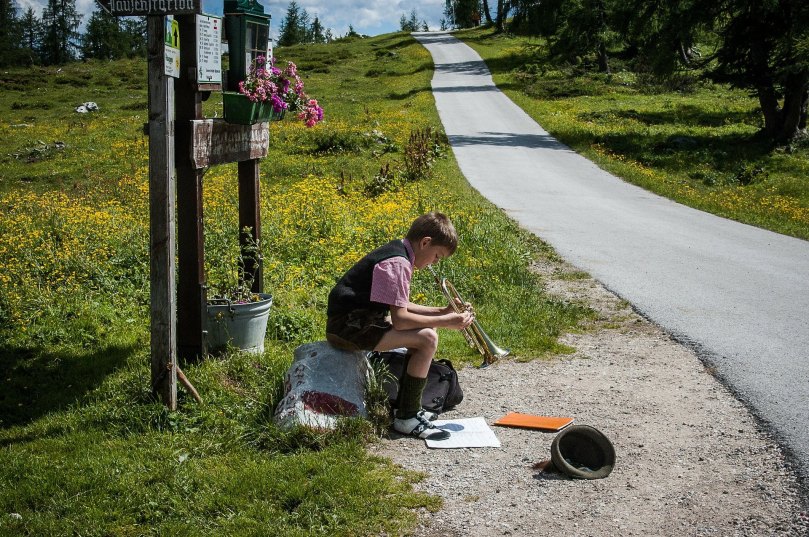 You will be required to seek additional research, study, and at times “re-tool” outside what was presented in your methods courses. Some of these new “best practices” will be presented by the induction or in-service training of your school district. When I was hired by the Upper St. Clair School District, a big three+ year professional development program was the Madeline Hunter Model of Mastery Learning. Grudgingly (at first I did not see the purpose), I came to realize that labeling and defining the “eight steps of effective lesson plan design” improved my overall skills as an educator, especially in many of her strategies of “anticipatory set,” “modeling,” “checking for understanding,” and “guided practice…” none of which were ever mentioned even briefly in my five-and-a-half years in college. (For more info, read https://www.doe.in.gov/sites/default/files/turnaround-principles/8-steps-effective-lesson-plan-design-madeline-hunter.pdf.)
You will be required to seek additional research, study, and at times “re-tool” outside what was presented in your methods courses. Some of these new “best practices” will be presented by the induction or in-service training of your school district. When I was hired by the Upper St. Clair School District, a big three+ year professional development program was the Madeline Hunter Model of Mastery Learning. Grudgingly (at first I did not see the purpose), I came to realize that labeling and defining the “eight steps of effective lesson plan design” improved my overall skills as an educator, especially in many of her strategies of “anticipatory set,” “modeling,” “checking for understanding,” and “guided practice…” none of which were ever mentioned even briefly in my five-and-a-half years in college. (For more info, read https://www.doe.in.gov/sites/default/files/turnaround-principles/8-steps-effective-lesson-plan-design-madeline-hunter.pdf.)
Finally, I have said this before in past blogs: “You may be the best musician this side of the Mississippi, someone who has perfect pitch, can conduct Orff’s Carmina Burana or Shostakovich‘s Festive Overture blindfolded, play an extremely fast and even paradiddle on the snare drum, and sing a high “A” with perfect intonation and tone, but if you cannot inspire students, work with coworkers, and communicate effectively with the parents, your chances for success in the public schools is doomed from the start.
Generalist vs. Specialist
Whenever presenting at college chapters of NAfME or music education methods classes, I always try to ask the students several things on a one-to-one basis:
- What is your focus or main subject area?
- What would be your ideal job?
- Do you see yourself as a band maestro… choral director… string teacher… jazzer… general music instructor… or early-childhood specialist?
 Of course, these are “trick questions.” The answer should be “I want to teach music,” or even better, “I want to teach children.” In most of the school districts across the country (with a few exceptions in the Midwest and places that accept teaching specialty certification by grade level or subject area), you are licensed to teach music in grades Pre-K to 12. At no point in any conversation with a potential administrator (or colleague who may become a member of the screening committee for a music opening) do you want to be “pigeon-holed,” or give the impression “I can only teach_____.”
Of course, these are “trick questions.” The answer should be “I want to teach music,” or even better, “I want to teach children.” In most of the school districts across the country (with a few exceptions in the Midwest and places that accept teaching specialty certification by grade level or subject area), you are licensed to teach music in grades Pre-K to 12. At no point in any conversation with a potential administrator (or colleague who may become a member of the screening committee for a music opening) do you want to be “pigeon-holed,” or give the impression “I can only teach_____.”
It is important to “apply your skills” and become a well-rounded “generalist,” while embracing the concept of unity in education, which includes the following philosophy (shared at college seminars):
- The needs of “The Whole Child” are a priority.
- All course offerings are equal in importance.
- Most school districts do not design and administer their curriculum solely on one approach like Orff, Kodaly, Dalcroze, or Suzuki.
- Avoid being labeled and “branded” to an exclusive subject area or grade level.
- Multiple certifications and skills may be helpful to land a job (although later they may become liabilities if you never teach them).
- Utilize your college resources now to “broaden your training” and lessen your insecurities.
- Figure out your worse area – work on it now! (Get lessons, join ensembles, ask help from your peers, etc.)
- Develop resources – people and programs to get and keep your job!
I ask, imagine what would be your worst assignment?
- Coach a primary student to match pitch or maintain a steady beat.
- Teach beginning or advanced guitar.
- Introduce jazz improvisation for the first time to middle school instrumentalists.
- Start a string program.
- Accompany the chorus (any grade level) and be able to play simultaneously some or all the vocal parts in rehearsal (demonstrate altos and tenors only, soprano 2-alto 1-bass 1, etc.).
 Accompany, direct/teach the drama, and choreograph the middle school musical.
Accompany, direct/teach the drama, and choreograph the middle school musical.- Adjudicate and coach a high school instrumental or vocal ensemble.
- Set-up a keyboard lab and instruct students in composition and A.P. Music Theory.
- Arrange the music and chart the halftime show for the high school marching band.
If you think you are a “miserable” pianist, take a few extra lessons. Or conquer your other “fears” such as learning to sing better, playing a new string instrument, crossing the break once again on the clarinet, practicing jazz , etc.

Cultivating a Mentor or Two
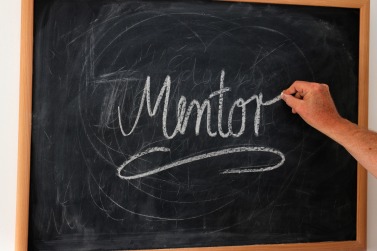 Ego and arrogance has no place in the teaching profession. Where did I hear this saying? “The more you think you know, the less you actually know.” Joining a mentoring program or finding a formal or informal veteran teacher “buddy” will go far to insuring your professional success and dodging those first-year teacher “pot holes” (dumb but common blunders) and “rookie blues.”
Ego and arrogance has no place in the teaching profession. Where did I hear this saying? “The more you think you know, the less you actually know.” Joining a mentoring program or finding a formal or informal veteran teacher “buddy” will go far to insuring your professional success and dodging those first-year teacher “pot holes” (dumb but common blunders) and “rookie blues.”
Your state MEA may have a mentoring program. Go to their website. A quick (non-comprehensive) Google scan of “music teacher mentors” fetched links for the following:
- California: http://www.calmusiced.com/index.php/cmea/cmea-mentorship-program
- Michigan: http://mmeamichigan.org/professional-development/mentoring/
- North Carolina: https://www.ncmea.net/programs/mentoring-program/
- Oklahoma: http://okmea.org/mentorship/one-to-one-mentoring-program/
- Pennsylvania: https://www.pmea.net/specialty-areas/mentor-program/
- Texas: https://www.tmea.org/programs/mentoring-network
- Wisconsin: http://wmeamusic.org/pro-development/mentoring/
A well-defined description for the benefits of first-year teacher orientation and connection and assignment to a “senior advisor” comes from TMEA:


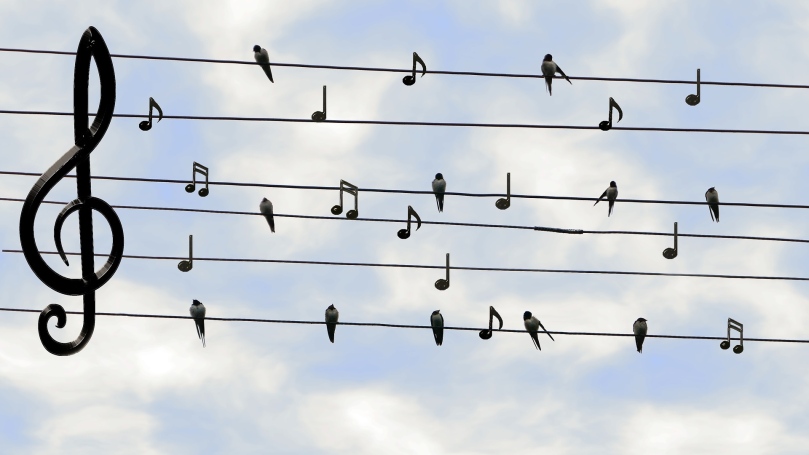
These blog-posts are also excellent resources:
- NAMM: https://www.nammfoundation.org/educator-tips/supporting-music-education-helping-teachers-succeed
- NAfME: https://nafme.org/mentoring-new-music-teachers-lifelong-success-profession/.
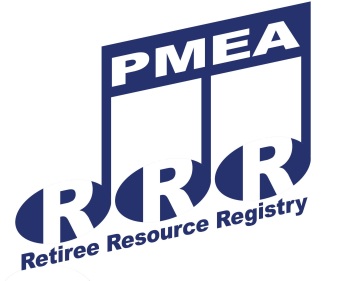 Retired music teachers are another excellent resource. For example, if you live or work in Pennsylvania, many post-employed PMEA members have placed their name and contact information on the Retiree Resource Registry to serve as willing, capable, and informal consultants for pre-service, novice, or other members recently transferred into a non-major specialty “outside their comfort zone.”
Retired music teachers are another excellent resource. For example, if you live or work in Pennsylvania, many post-employed PMEA members have placed their name and contact information on the Retiree Resource Registry to serve as willing, capable, and informal consultants for pre-service, novice, or other members recently transferred into a non-major specialty “outside their comfort zone.”
R3 documents the amazing record of contributions of some of the still most active albeit retired PMEA members while it allows needy members access to “expert advice” on a number of essential topics:

Although it is free, the advice and experience of these retirees may be considered “priceless.” In addition, retired music teachers may have more time available to confer in person or by phone, respond to your concerns more quickly, and have a few “quick fixes” or share their “bag of tricks” to solve the problems of “newbie teachers.” It’s all about, “been there, done that!”
All you have to do? Just ask for a little help! You won’t be sorry.
 Please feel free to comment on this blog-post. What are your thoughts?
Please feel free to comment on this blog-post. What are your thoughts?
The “finale” (Part 3) is coming soon and will devote discussion on these concepts, significant issues about marketing your abilities and getting a job as a music teacher:
- Personal Branding
- Networking
- Engagement
PKF
© 2018 Paul K. Fox
Photo credits (in order) from Pixabay.com: “tutor” by nrjfalcon1, “woman” by RobinHiggins, “microphone” by KimKin, “excited” by RobinHiggins, “boy” by Silverfuchs, “thinking” by RobinHiggins, “board” by geralt, “birds” by Dieter_G, and “listen” by RobinHiggins.

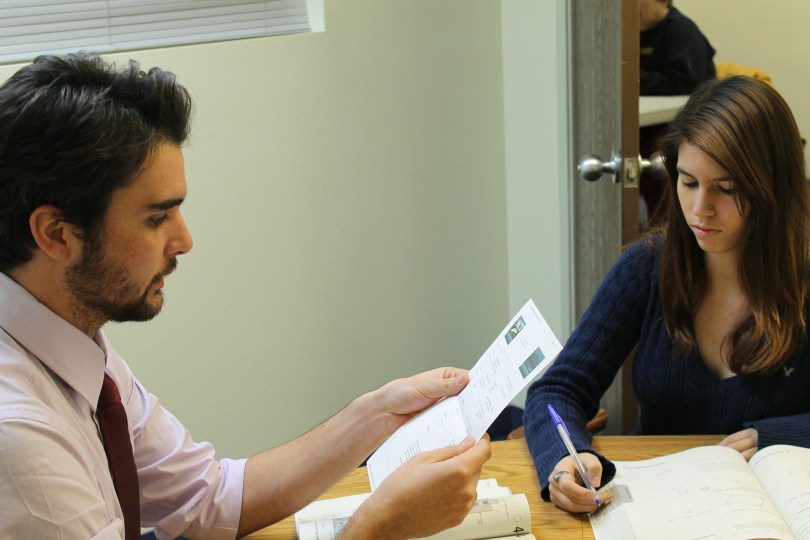
Helllo mate nice post
LikeLike